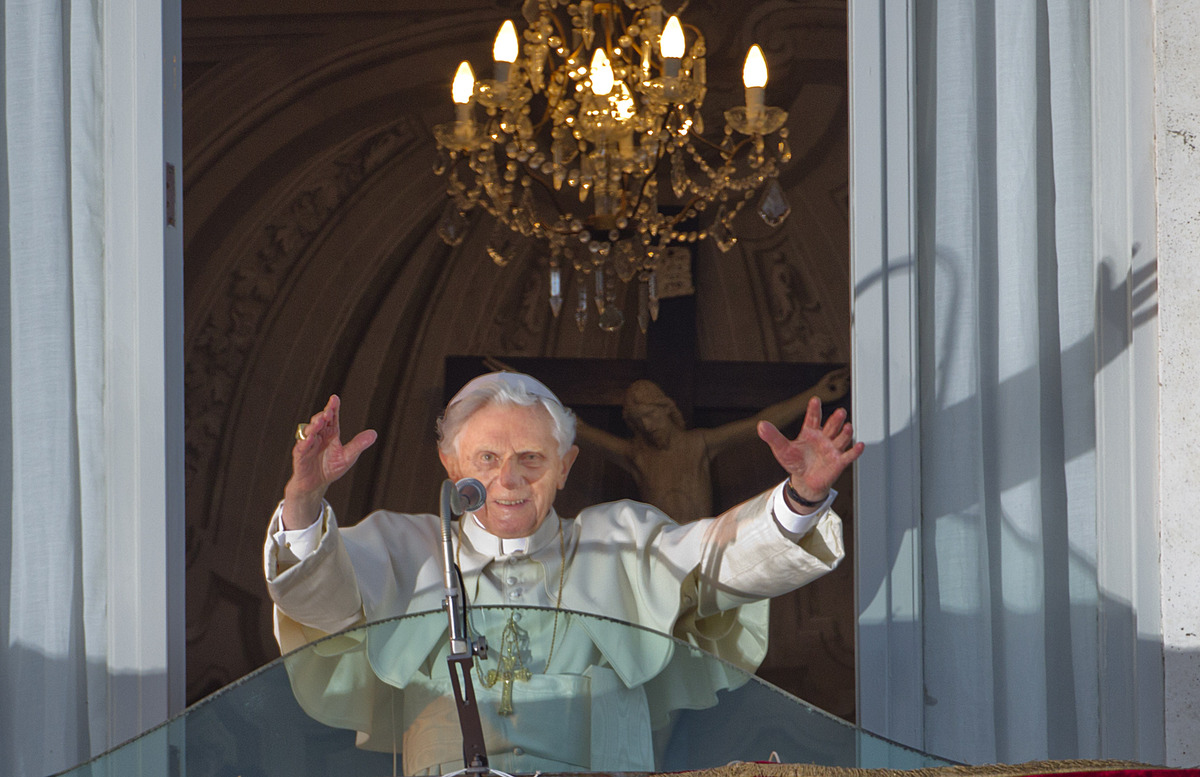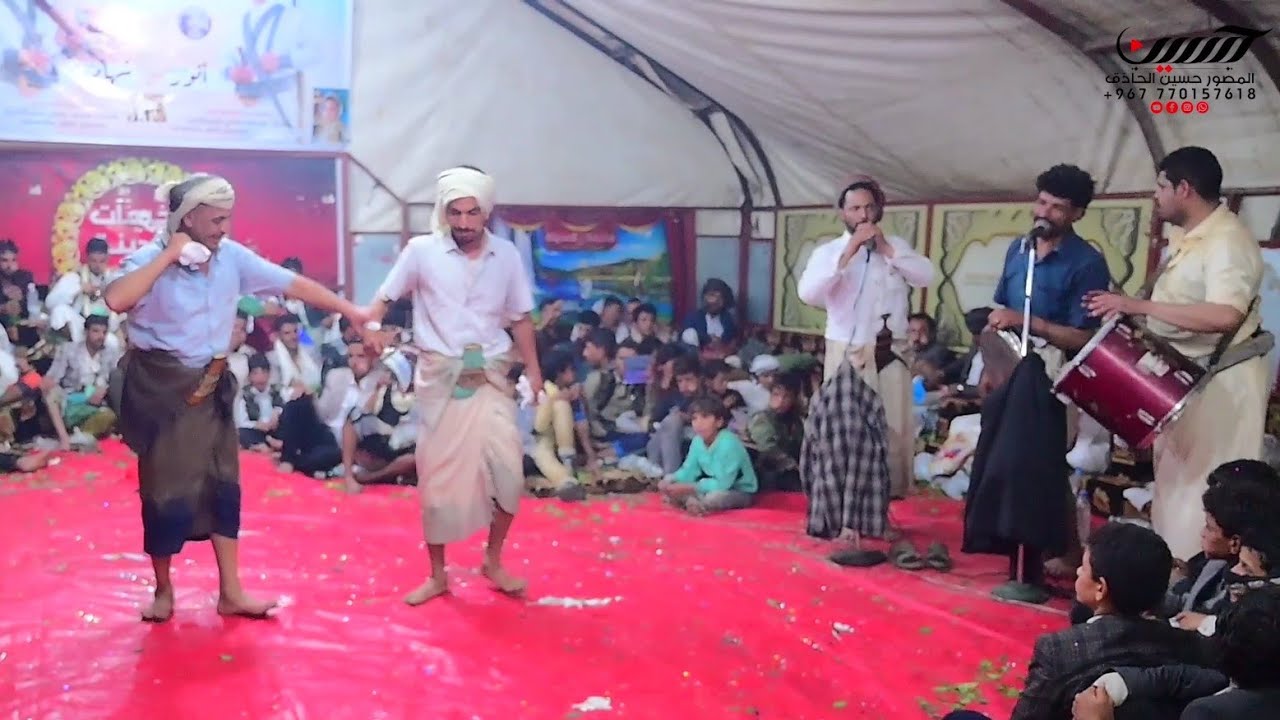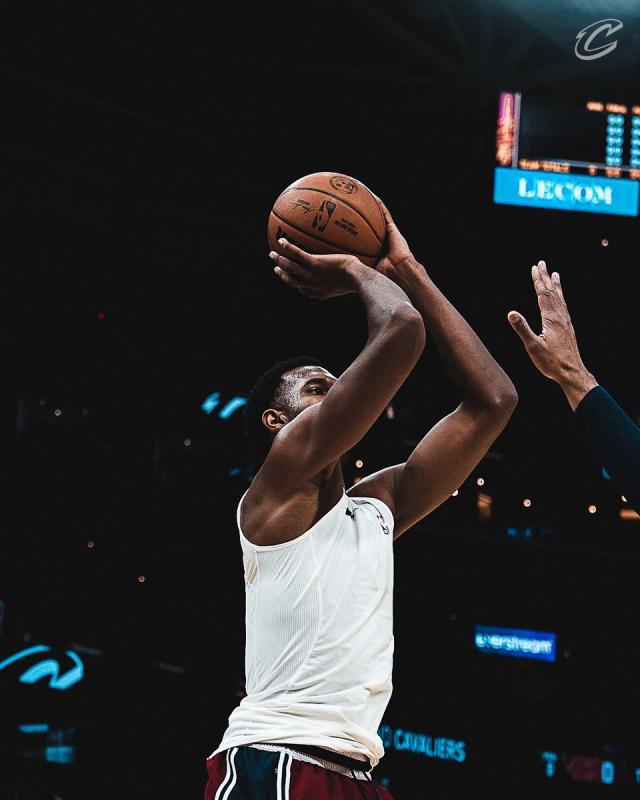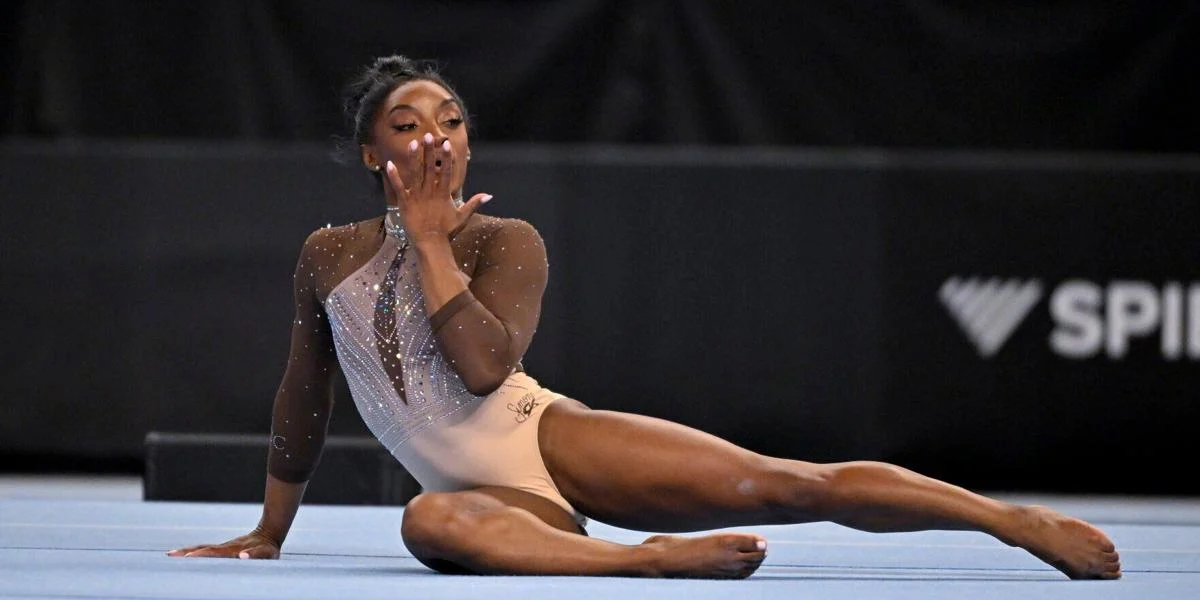Understanding The Conclave: The Election Of The Pope

Table of Contents
History of the Papal Conclave
The modern Papal Conclave is a far cry from its medieval origins. Early methods of papal election were often chaotic and prone to political influence. Initially, elections were frequently decided by acclamation, with the loudest voice or most powerful faction determining the outcome. Later, elections by the clergy became more common, but these too were susceptible to corruption and manipulation.
- Early methods of papal election: These included acclamation, election by the Roman clergy, and even forceful imposition by powerful figures.
- Formalization of the Conclave: The process gradually evolved, with increasing attempts to regulate the election and minimize outside influence. The conclave, as a formalized process held in a confined space, emerged over several centuries.
- Significant historical conclaves: History is filled with examples of conclaves resulting in long papal interregnums (periods without a Pope), often characterized by political turmoil and power struggles. Conversely, some conclaves produced remarkably swift and unified decisions. Studying these historical examples offers valuable perspective on the dynamics at play.
- Evolution of rules and regulations: The rules governing the conclave have evolved over time, adapting to changing political landscapes and addressing past controversies. This evolution reflects the Church’s ongoing effort to balance tradition with the need for a fair and transparent process.
The Process of a Papal Conclave
The election of a new Pope is a meticulously orchestrated process, beginning with the sede vacante period—the period between the death or resignation of a Pope and the election of his successor. During this time, the College of Cardinals assumes responsibility for the governance of the Church. The process itself is characterized by stringent security and absolute secrecy.
- The "Sede Vacante" period: This period is marked by a temporary suspension of certain papal functions, yet the Church's administrative structure continues.
- The College of Cardinals: This group of high-ranking clergy, appointed by the Pope, is solely responsible for electing the next Pope. Their role is paramount in this significant event.
- Secrecy and Security: The Conclave is held in a secure location, with strict measures to ensure confidentiality and prevent outside influence. This secrecy, often criticized, is intended to promote free and unbiased deliberations.
- The Voting Process: Cardinals cast secret ballots until a two-thirds majority is achieved. The ballots are meticulously counted, and any invalid ballots are noted.
- The White Smoke: The iconic white smoke signal, signifying the election of a new Pope, is a visible sign of the completion of the conclave, signaling to the world the successful election and the beginning of a new papacy.
The Role of the Cardinals
The Cardinals participating in the conclave are not simply voters; they are the key actors in this complex process. Their qualifications, responsibilities, and individual influence shape the outcome.
- Eligibility Criteria: Only cardinals under 80 years of age are eligible to vote in the Papal Conclave.
- The Oath of Secrecy: Before the conclave begins, each cardinal takes a solemn oath of secrecy, committing to maintain the confidentiality of the proceedings.
- Voting Power and Influence: Each cardinal's vote carries equal weight. However, the dynamics of the conclave can involve significant political maneuvering and the formation of factions within the College of Cardinals.
- Potential for Political Maneuvering: The conclave is not immune to political considerations, with cardinals often representing various theological and geographical viewpoints.
The Significance of the Papal Conclave
The Papal Conclave is more than just an internal Church matter; it is an event of global significance, impacting millions of Catholics worldwide and influencing the course of the Church.
- Continuity of the Papacy: The conclave ensures the uninterrupted continuity of the papacy, a crucial element of the Catholic faith.
- Global Impact: The election of a new Pope generates worldwide media attention and impacts global politics, interfaith relations, and social issues.
- Influence on Church Doctrine and Policy: The newly elected Pope’s theological leanings and perspectives can significantly influence the Church's doctrine, policies, and social stances.
- Media Focus: The conclave is a major media event, attracting extensive global coverage, speculation, and analysis.
- Spiritual and Symbolic Significance: Beyond the political aspects, the conclave carries profound spiritual significance for Catholics, symbolizing the guidance of the Holy Spirit in the selection of the Church's leader.
Conclusion
The Papal Conclave, a process steeped in history and tradition, remains a crucial event for the Catholic Church and the global community. Understanding its intricacies, from its historical evolution to its modern procedures, provides insight into the selection of the leader of one of the world's largest religions. Learning about the role of the Cardinals and the significance of this event enhances our comprehension of the Catholic Church's governance and global influence. For a more in-depth exploration of this fascinating process, further research into the history of specific Papal Conclaves and the evolving rules surrounding the election is highly recommended. Continue your journey into understanding the intricacies of the Papal Conclave and its continuing evolution.

Featured Posts
-
 Zendayas Half Sister Exposes Shocking Family Rift
May 07, 2025
Zendayas Half Sister Exposes Shocking Family Rift
May 07, 2025 -
 Dhk Wrqs Wghnae Wyl Smyth Yhtfl Beyd Mylad Jaky Shan
May 07, 2025
Dhk Wrqs Wghnae Wyl Smyth Yhtfl Beyd Mylad Jaky Shan
May 07, 2025 -
 Orlando Magics Upset Win Ends Cavaliers Impressive Run
May 07, 2025
Orlando Magics Upset Win Ends Cavaliers Impressive Run
May 07, 2025 -
 Destacadas Actuaciones De Las Laguneras En El Torneo De Simone Biles
May 07, 2025
Destacadas Actuaciones De Las Laguneras En El Torneo De Simone Biles
May 07, 2025 -
 Thailand Economic Outlook Analyzing The Impact Of Negative Inflation
May 07, 2025
Thailand Economic Outlook Analyzing The Impact Of Negative Inflation
May 07, 2025
